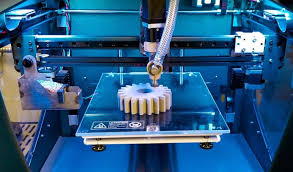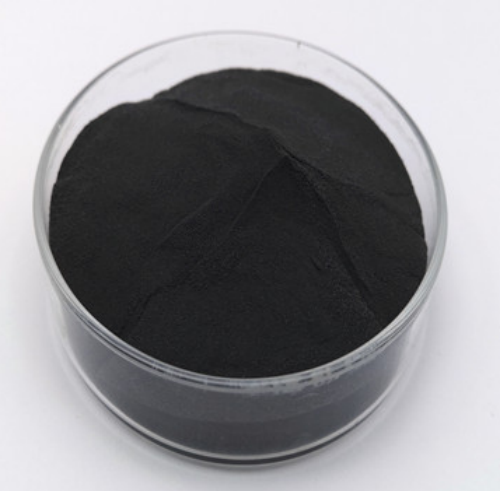
Betaine surfactants Glycerol block polyether CAS 9082-00-2
Betaine surfactants
It is created by the reaction of fatty tertiary amines and sodium chloroacetate, consisting of cocoylpropyl betaine, dodecyl betaine, cetyl betaine, and lauroyl propyl betaine. It is milder than the initial 3 and is currently the main surfactant in infant hair shampoo.
In 1940, the American DuPont Business invented and used this kind of substance. Like amino acid surfactants, this sort of surfactant has strong detergency and reduced inflammation, and the solution is weakly acidic. Pet experiments have confirmed that this sort of substance is less toxic. It is an optimal surfactant.
( surfactants in shampoos)
Amino acid surfactants
Made from a mix of coconut oil and amino acids, it is risk-free, mild, and non-irritating. The most vital thing is that it is naturally weakly acidic and meets the pH needs of healthy and balanced skin and hair. It is the perfect surfactant in baby shampoo. They are “cocoyl glycine,” “cocoyl glutamate disodium,” etc
From the viewpoint of chemical homes, its pH value is in between 5.5 and 6.5, which is weakly acidic and near the pH value of human skin. Hence, it is mild and skin-friendly and ideal for all hair types; amino acid surfactants are zwitterionic and conveniently soluble in water. It is easy to wash clean.
However it additionally has limitations. Amino acid surfactants are several to dozens of times more expensive than average surfactants, and most are shampoos particularly produced babies and young children. The negative aspects of amino acid surfactants are that they are not abundant in foam and have weak decontamination capacity.
The phenomenon of solidification and turbidity of surfactants in winter is primarily as a result of the low temperature level causing some of its components to take shape or precipitate.
(surfactants in shampoos)
What happens if surfactant solidifies and comes to be turbid in winter months?
This is a physical phenomenon and does not have a significant influence on the effectiveness of surfactants. In order to fix this trouble, the adhering to approaches can be taken:
1. Boost the temperature: Position the surfactant in a cozy atmosphere or raise its temperature by home heating so that the crystallized or precipitated components will slowly liquify and the surfactant will certainly return to a clear state. Nevertheless, it must be kept in mind that the temperature level needs to be prevented when heating to stay clear of impacting the surfactant’s efficiency.
2. Stirring: For surfactants that have strengthened or become turbid, they can be restored to an uniform state by stirring. Mixing can aid crystallized or sped up ingredients redisperse right into the fluid and enhance surfactant quality.
3. Include solvent: Sometimes, a proper amount of solvent can be added to dilute the surfactant, consequently improving its coagulation and turbidity. Nonetheless, the included solvent ought to be compatible with the surfactant and must not impact its use impact.
Vendor of Surfactant
TRUNNANOÂ is a supplier of surfactant with over 12 years experience in nano-building energy conservation and nanotechnology development. It accepts payment via Credit Card, T/T, West Union and Paypal. Trunnano will ship the goods to customers overseas through FedEx, DHL, by air, or by sea. If you are looking for high-quality Glycerol block polyether CAS 9082-00-2, please feel free to contact us and send an inquiry.
Inquiry us


